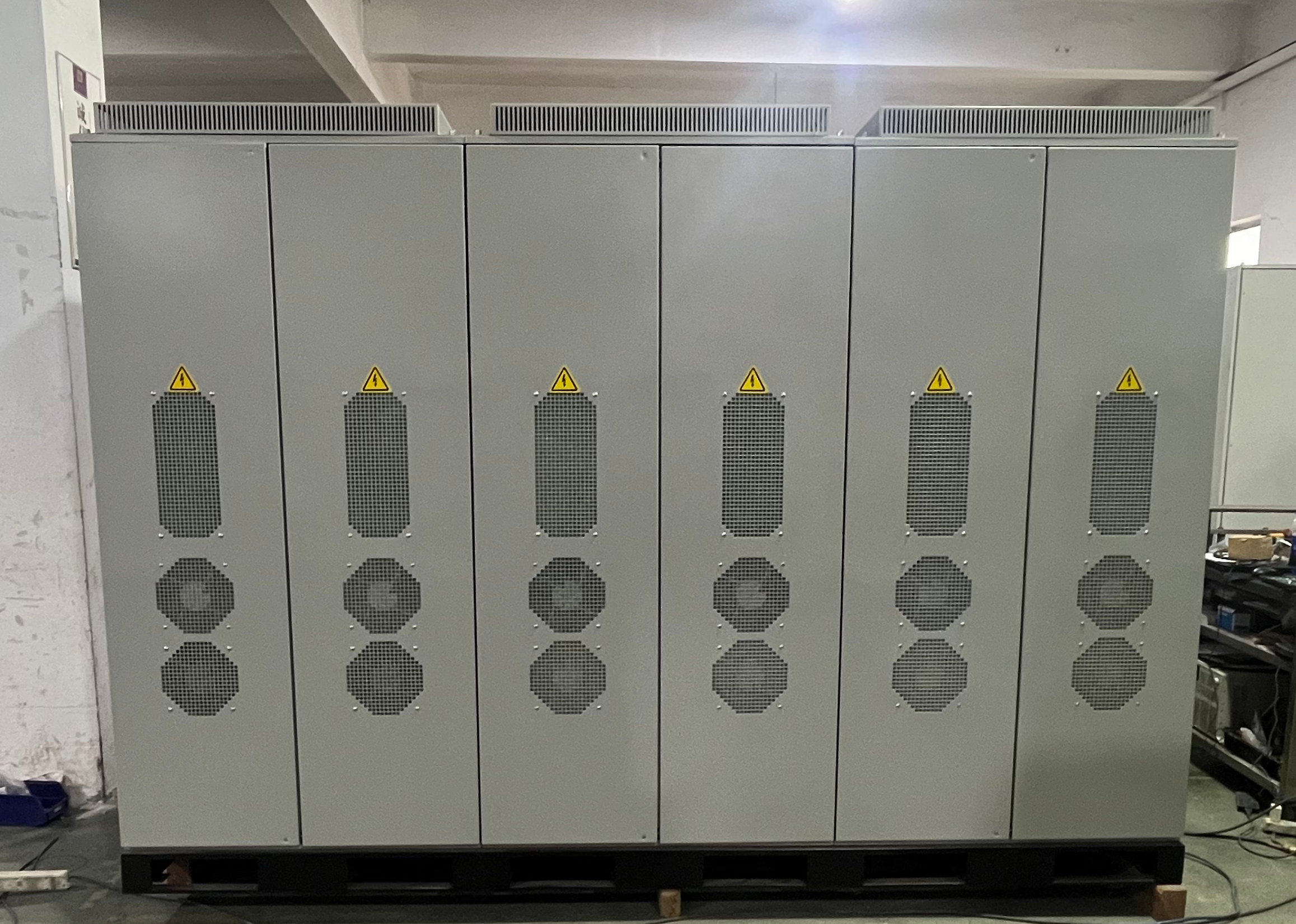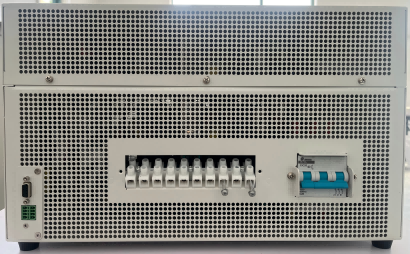próf á stillt hlutfall
Próf með stöðugri hlið er mikilvægur verkefnisferill sem notuð er til að metna gervigreind og bæðingarþekju kraft viðgrunnanna, byggða og sameinuðra verkfræðiþjónustu. Þessi víðrætt prófamátið inniheldur hallara eftirfarandi hlutum áður stilltum bæðingum til að metna hvernig strúktúrur svaraðu undir mismunandi bæðingarskilyrðum. Ferlið notar oft hydraulísk jök, bæðingarframkvæmir og nákvæmar mælingarverkfæri til að bera saman stjórnborð við því að meta afstæði, formbreytingu og sættunar mönnum. Nútímasett static load testing hefur tækifæri úr frægri tölvusensors og gögnagreiðslu kerfi sem gefa rauntíma mælingar og nákvæma greiningu af strúktúrufyrirspurn. Prófamátið fylgir staðbundnum reglum, til að tryggja samhæfd og treystan niðurstöður í mismunandi umsóknir. Það er sérstaklega gagnlegt til að staðfesta hönnunargátt, athuga gæði búsetningar og finna út réttlátta bæðingarþekju viðgrunnanna. Tækni hefur breytt sig til að hafa með sjálfvirka uppsprettingarkerfi sem geta sporet smærri breytingar í strúktúrufyrirspurn yfir langa tímaperíður, gerandi það ómögulegt ferli fyrir bæði nýjar búsetningar og endurskilgreiningarverk.




